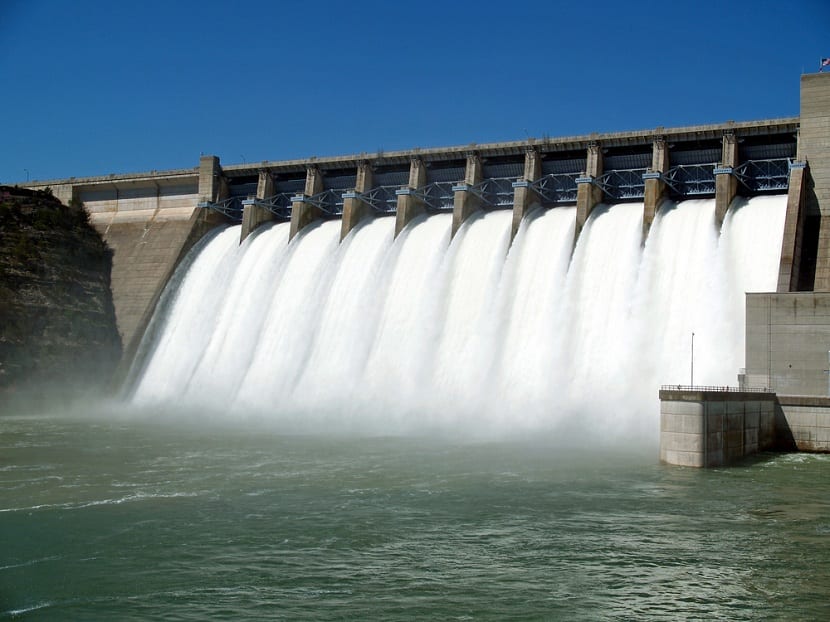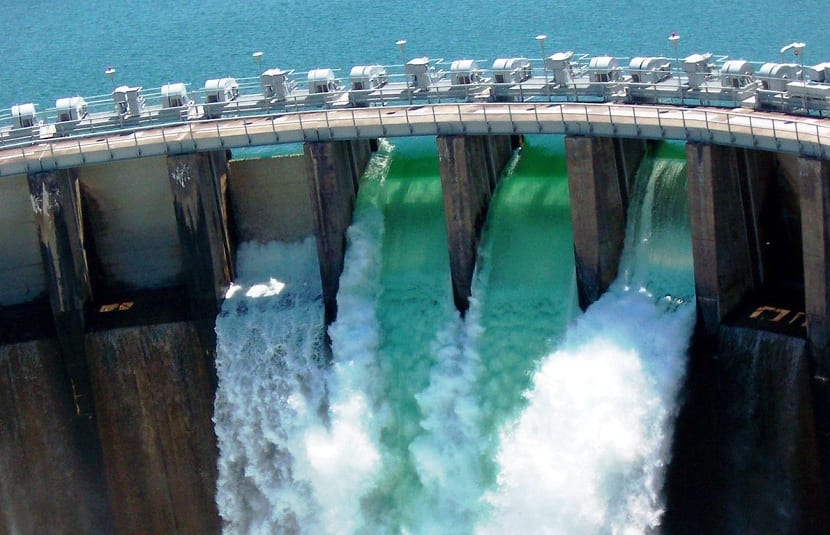
Today we come to talk about a renewable energy that is among the most used. Is about hydraulic power. It’s a type of clean energy capable of transforming the gravitational potential energy that a body of water has into electrical energy. Here we will explain step by step how this energy is generated and what is done to take advantage of it.
Do you want to know more about hydropower? You just have to keep reading 🙂
What is hydraulic energy?
Let's start by indicating again that it is a renewable and totally clean source. Thanks to it, electricity can be generated without polluting or depleting natural resources. This energy tries to transform the gravitational potential energy that a body of water has into a lift by kinetic energy to overcome a difference in height. The mechanical energy that is obtained can be used directly to move the shaft of a turbine to generate electrical energy.
How It Works
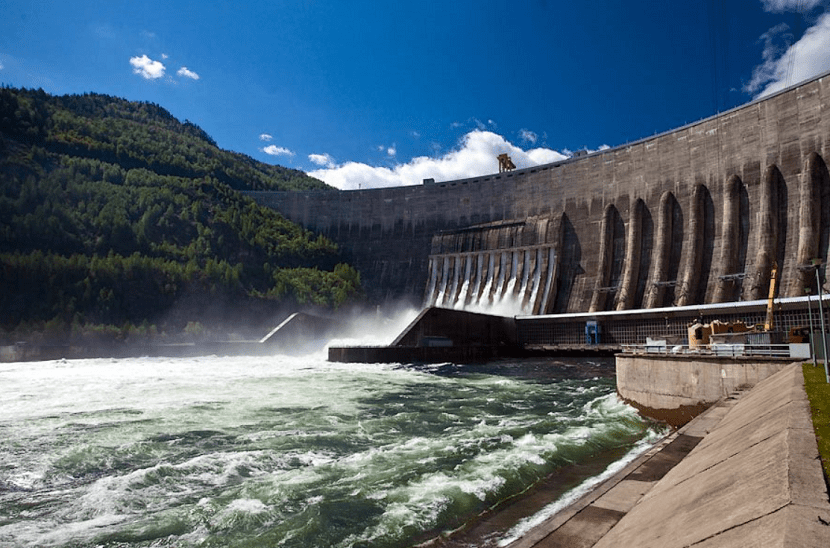
This type of energy is totally clean because it comes from rivers and lakes. The creation of dams and forced conduits has greatly increased the possibility and capacity of power generation. This is because It can store large bodies of water and use them to generate energy.
There are several types of hydroelectric power plants. The first is found in mountain regions. Taking advantage of the heights they focus on making jumps to great heights of fall. The other type of plant is of fluid water and they are used large bodies of river water that overcome small differences in height. It could be said that one generates more energy in a short time and the second generates it little by little.
The water in a lake or artificial basin is transported downstream through pipes. In this way it is possible to transform its potential energy into pressure and Kinetic energy thanks to the distributor and the turbine.
The mechanical energy is transformed through the electric generator thanks to the phenomenon of electromagnetic induction. This is how you get electricity. Pumping stations have been established to store energy and thus have it available at the time of greatest demand. As it has been possible to analyze, storage systems of renewable energy is a limitation for its progress.
Pumped hydroelectric plants
In pumped hydroelectric plants, water is pumped into tanks upstream using energy that is produced and not needed overnight. In this way, during the day when the demand for electricity is greatest, additional water bodies can be provided. Pumping systems have the advantage that they allow energy to be stored in certain moments of availability for use in moments of need.
Although it has numerous advantages of being a non-polluting energy, the construction of dams and large basins causes environmental impact. It is no longer just the construction of dams, if not artificial reservoirs, the flooding of large soils, etc. They damage the state of natural ecosystems.
Hydroelectric basin
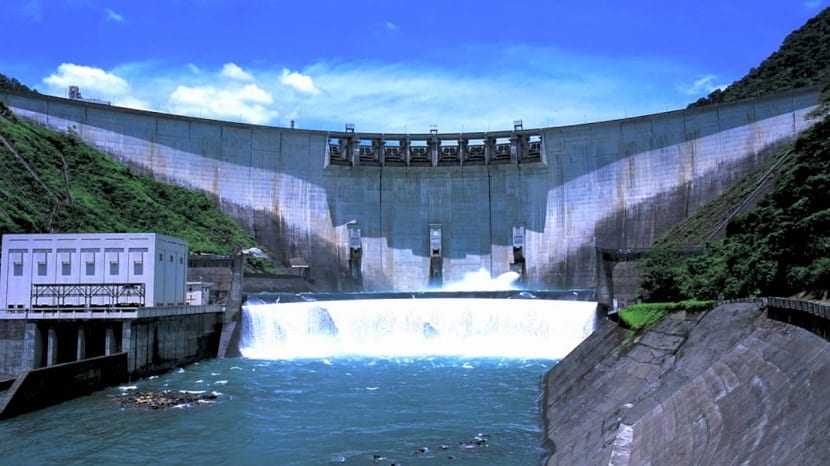
It is used to collect the waters of a river. It is an artificial basin that serves to store water. Its main element is the dam. Thanks to the dam, the necessary altitude is achieved so that the water can later be used due to the difference in level.
From the basin to the power plant where the generators are located there is a forced conduit. Its mission is to favor the exit speed of the turbine blades. The initial opening is wider and the outlet narrower to increase the force with which the water comes out.
Hydroelectric power station
The power plant is one that has a series of hydraulic engineering works positioned in a certain succession. The machines have the objective of being prepared to obtain the production of electricity from hydraulic energy. The water is transported to one or more turbines that rotate thanks to the pressure of the water. Each turbine is coupled to an alternator which is responsible for transforming the rotational movement into electrical energy.
One of the drawbacks apart from the environmental impact produced by the creation of the dam is that the generation of energy is not constant. It must be borne in mind that the production of renewable energies depends directly on nature. Therefore, the water supply in the artificial water basin will depend, in turn, of the regime in the rivers. If the rainfall in an area is less, the generation of energy will be less efficient.
A practice in some countries is to pump water into hydroelectric reservoirs at night. This is done because there is a surplus of energy and the hydraulic energy stored during the day is reused. When the demand for electricity is higher, so is the price. So you get a net profit and store electrical energy.
History of hydropower
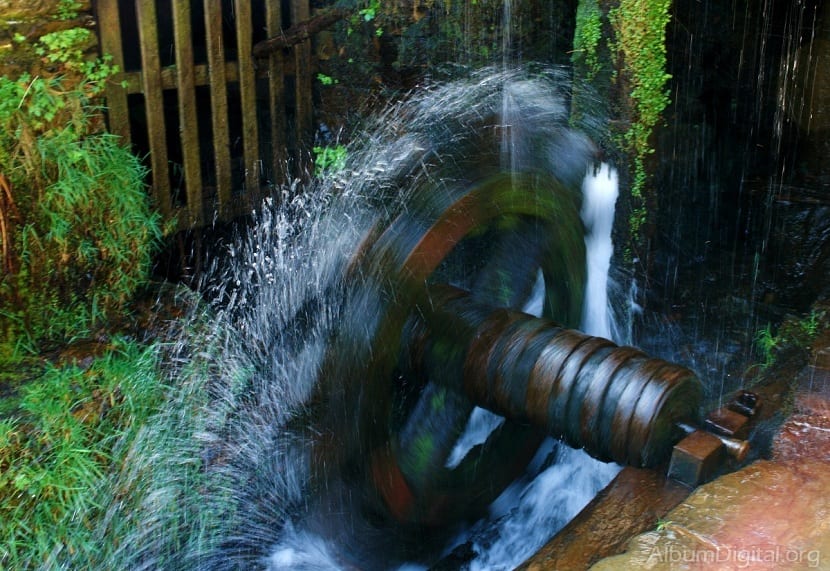
The first to use this type of energy were the greeks and the romans. Initially they used renewable energy only to run water mills to grind corn. As time went by, factories evolved and water wheels began to use the potential energy that water has.
At the end of the Middle Ages other methods were used to exploit hydraulic energy. It's about the hydraulic wheels. They were used for the irrigation of the fields and for the recovery of the swampy areas. The water wheel is still used today in mills and for the production of electricity.
Around the Second Industrial Revolution the water wheel evolved to the water turbine. It is a machine that is built using a castor wheel on an axle. With technological innovations it became highly perfected and functional.
The turbine was improving in efficiency of conversion of the potential energy of the water in rotational kinetic energy and applied to a shaft.
I hope that with this information you have been able to learn something more about renewable energies.
